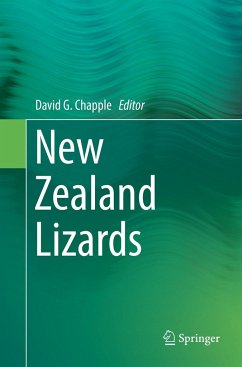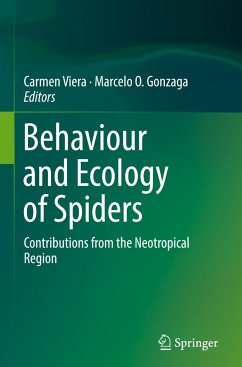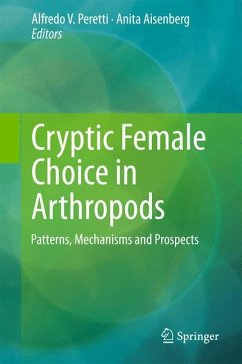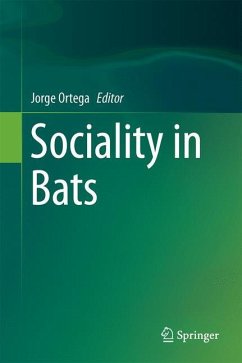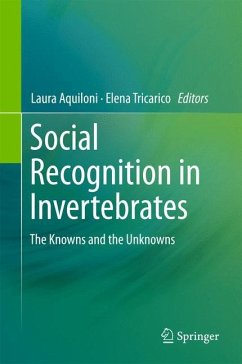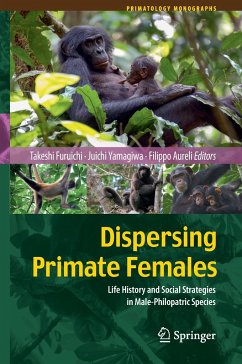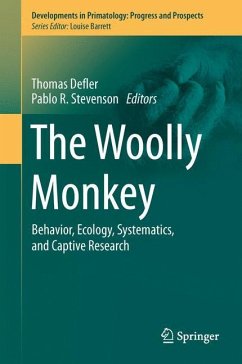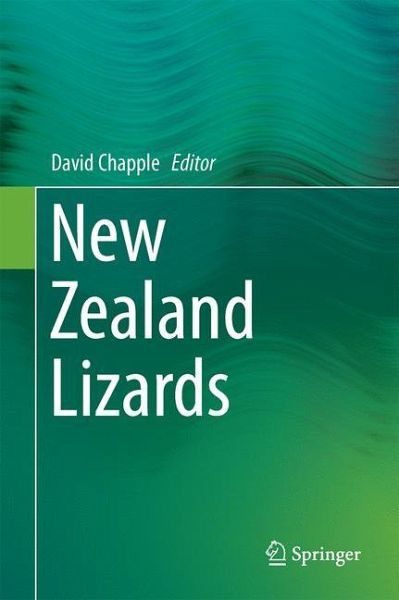
New Zealand Lizards

PAYBACK Punkte
65 °P sammeln!
This edited volume is a timely and comprehensive summary of the New Zealand lizard fauna. Nestled in the south-west Pacific, New Zealand is a large archipelago that displays the faunal signatures of both its Gondwanan origins, and more recent oceanic island influences. New Zealand was one of the last countries on Earth to be discovered, and likewise, the full extent of the faunal diversity present within the archipelago is only just starting to be appreciated. This is no better exemplified than in lizards, where just 30 species (20 skinks, 10 geckos) were recognized in the 1950s, but now 104 a...
This edited volume is a timely and comprehensive summary of the New Zealand lizard fauna. Nestled in the south-west Pacific, New Zealand is a large archipelago that displays the faunal signatures of both its Gondwanan origins, and more recent oceanic island influences. New Zealand was one of the last countries on Earth to be discovered, and likewise, the full extent of the faunal diversity present within the archipelago is only just starting to be appreciated. This is no better exemplified than in lizards, where just 30 species (20 skinks, 10 geckos) were recognized in the 1950s, but now 104 are formally or informally recognized (61 skinks, 43 geckos). Thus, New Zealand contains one of the most diverse lizard faunas of any cool, temperate region on Earth. This book brings together the world's leading experts in the field to produce an authoritative overview of the history, taxonomy, biogeography, ecology, life-history, physiology and conservation of New Zealand lizards.



